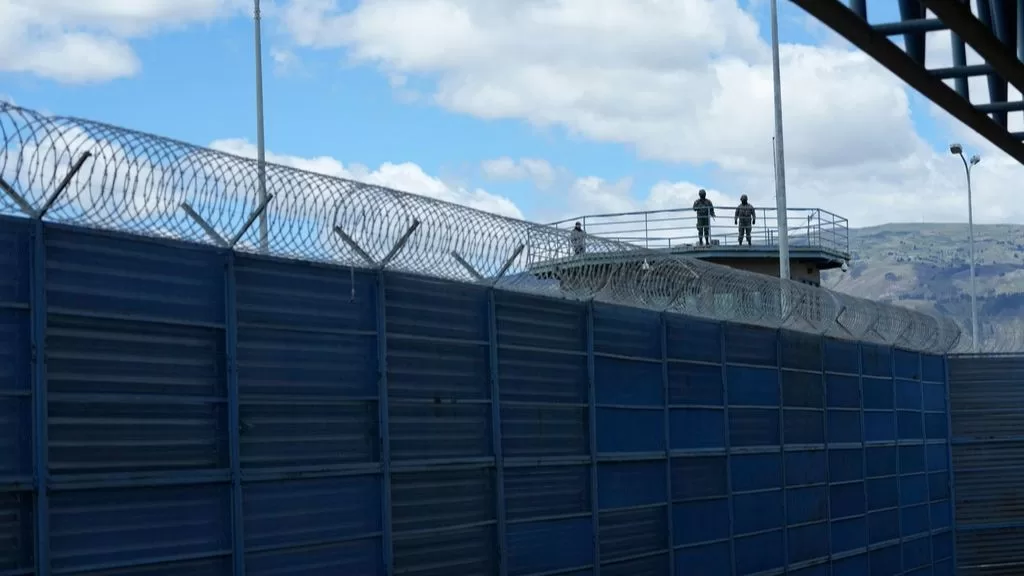EDWARDS AIR FORCE BASE.- With the scorching midday sun, an orange and white experimental F-16 fighter took off with the familiar roar that characterizes the United States air power. But the aerial combat that followed was unlike any other: this F-16 was controlled by artificial intelligence, not a human pilot. And in the front seat was the Secretary of the Air Force, Frank Kendall.
AI is one of the biggest advances in military aviation since the introduction of stealth fighters in the early 1990s, and the Air Force has aggressively pursued it. Although the technology is not yet fully developed, that branch of the military is planning an AI-operated fleet of more than 1,000 fighter jets, the first of which will be operational in 2028.
The aerial combat drill took place at Edwards Air Force Base, a vast desert facility where Chuck Yeager broke the speed of sound and the military has incubated its most secret aerospace advances. Inside classified simulators and buildings layered with spy armor, a new generation of test pilots is training AI agents to fly in war. Kendall traveled here to see the AI fly in real time and make a public display of confidence in the future role he will play in aerial combat.
“Not having it is a security risk. Right now, we have to have it,” Kendall said in an interview with The Associated Press after landing. The AP, along with NBC, obtained permission to witness the secret flight on the condition that it would not be reported on until it was completed, for operational security reasons.
The AI-controlled F-16, called Vista, flew Kendall in lightning maneuvers at more than 885 kilometers per hour (550 miles per hour) that put pressure on his body five times the force of gravity. He engaged in almost hand-to-hand combat with another F-16 piloted by a human, as both planes flew within 300 meters (1,000 feet) of each other, twisting and turning to try to force their opponent into vulnerable positions.
At the end of the hour-long flight, Kendall emerged from the cabin smiling. She said she had seen enough during her flight to trust this AI—which is still in the learning phase—with the ability to decide whether or not to launch weapons in a war.
There is a lot of opposition to that idea. Arms control experts and humanitarian groups are deeply concerned that AI will one day be able to autonomously drop bombs that kill people without consulting humans, and are calling for greater restrictions on its use. .
Future war scenarios envision swarms of American drones attacking enemy defenses in advance to give the United States the ability to penetrate airspace without high risk to the lives of pilots.
Smaller, cheaper drones controlled by artificial intelligence are the way to go, says Kendall.
Vista’s military operators say no other country has an AI aircraft like this one, in which the software first learns from millions of data points in a simulator and then tests its conclusions during real flights. That real-world performance data is fed back into the simulator, where the AI processes it to learn more.
China has AI, but there is no indication that it has found a way to test it outside of a simulator. And, like an officer learning tactics for the first time, some lessons can only be learned in the air, Vista test pilots said.
Source: With information from AP






